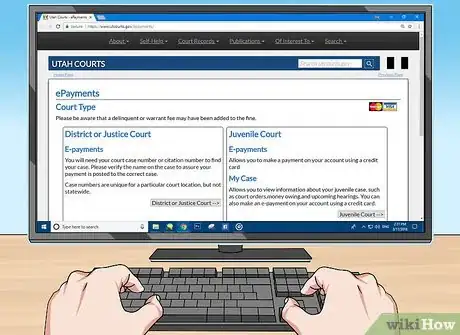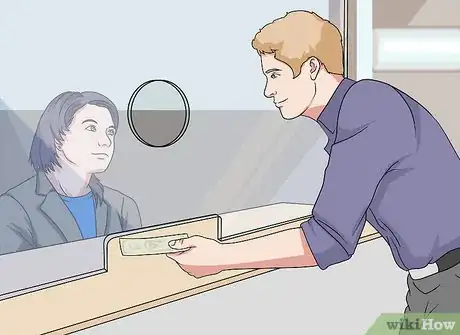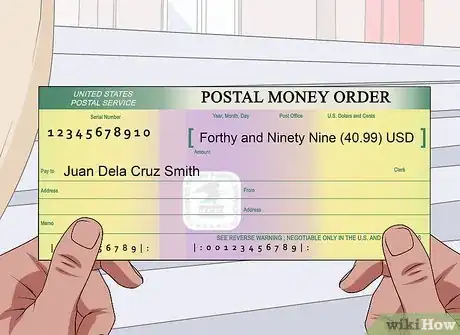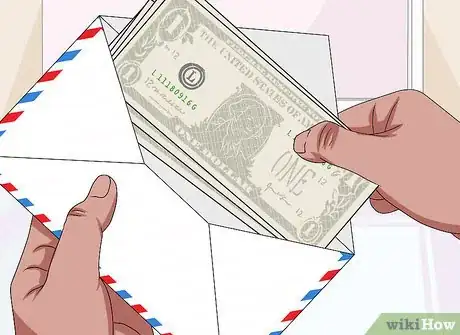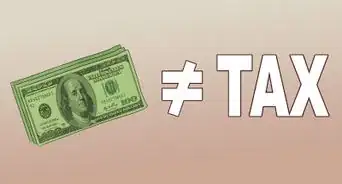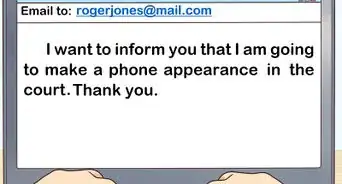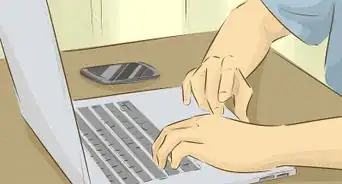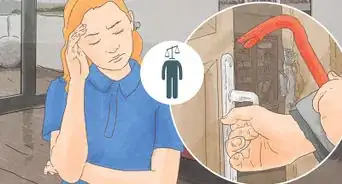This article was co-authored by Lahaina Araneta, JD. Lahaina Araneta, Esq. is an Immigration Attorney for Orange County, California with over 6 years of experience. She received her JD from Loyola Law School in 2012. In law school, she participated in the immigrant justice practicum and served as a volunteer with several nonprofit agencies.
There are 8 references cited in this article, which can be found at the bottom of the page.
This article has been viewed 38,237 times.
Whether you need to pay a traffic ticket or a larger fine, many people will have to take care of a court fee at one point or another. The good news is that doing so has never been easier. These days, most U.S. courts are set up to take payments online. If you cannot or do not want to pay online, you can generally also pay in-person or by sending a check or money order through the mail.
Steps
Paying Fees Online
-
1Check your local court's website to see if they accept online payments. Most courts in the U.S. will allow you to pay your fees online. Not all are set up to do so, though, so check your local court's website to make sure your courts are set up to accept online fee payments. Most court websites will have a button directly on the homepage that will link to their online fee payment system.[1]
- Some court systems will allow you to pay some fees online, but not all. Check with your specific court (such as District Court or Juvenile Court) to see what fees they will accept online.
- Keep in mind that many courts charge a fee for processing online payments.
-
2Look up your fees by case number. If your court is set up to take online fee payments, you will need to look up your specific case by your case number. This will generally be noted on your ticket or court documents. Some courts may also require you to provide personal information like your name and address to help look up your fees.[2]
- If your fees are for a traffic ticket, you'll need to use your "ticket number" or driver's license number instead of a case number.
- If you cannot find your case number on your documents, you may also be able to look up your case using your first and last name through your court's records website.[3]
Advertisement -
3Select your case and navigate to the payment screen. Once you have looked up your case, click your case number or the "view details" link to access your case details. From this page, there should be a link or button that connects you to the court's payment system. This link may say something like, “Pay Citations Online” or “Pay Court Fees.”[4]
-
4Pay your fee with a credit card, debit card, or electronic check. At the payment screen, you will need to select a payment method. These typically include credit card, debit card, or electronic check. If you opt to pay by credit or debit card, you will need to input your card information including card number, cvv code, and billing address. If you choose to pay by electronic check, you will need to provide both your bank account number and your bank routing number.[5]
- Your bank account and routing numbers can typically be found online when you log into your bank account. They can also be found on the bottom of your checks.
- Choosing to pay by credit or debit card may result in a small additional processing fee.
Settling Fees in Person
-
1Call your courthouse to see how they accept payment. While some courthouses will accept personal checks and credit or debit card payments, others require cash, a money order, or a cashier's check. Call your local courthouse to see what forms of payment they will accept.
- If you can't reach anyone by phone, check on your courthouse's website or visit the courthouse in person. [6]
-
2Take your payment and court documents to the Clerk's office. When you have your payment ready, you will need to pay it in-person at the court's Clerk office. Check your court's website or call them to verify the address. You may also need to bring any papers that require your signature, or any notices or citations, such as traffic tickets, issued by the court.
- Even if you do not know if you need to submit any paperwork, it is a good idea to have your notice or citation with you so that you can reference your case number.
-
3Submit your payment to the clerk and receive verification. At the clerk's office, you will be able to submit your payment directly to a court clerk representative. At that time, you should receive a receipt or some other form of verification of payment.[7]
- Save the receipt, as it may be necessary in the future to prove that you have complied with all fees levied against you.
Submitting Payment by Mail
-
1Verify that your court accepts payment by mail. Some courts may only accept online or in-person payments. Call your local court or visit their website to verify that they accept payment by mail. If they do, verify the mailing address before you send your payment.[8]
-
2Obtain a cashier's check or money order. Payments submitted by mail generally need to be made available as a cashier's check or money order. Visit your bank or credit union to secure a cashier's check.[9]
- Alternatively, you can obtain money orders from most local banks, credit unions, and post offices.
-
3Mail in your payment. Once you have your cashier's check or money order, you can mail it to the payment address listed by your local court. Seal it in a stamped, addressed envelope, and drop it off at your local mailbox or post office.[10]
- Depending on the fine you are paying, you may want to increase the amount of insurance on your envelope. Upgrade your insurance by sending your payment through the post office and paying for extra services. These can include insurance or restricted delivery, so that only certain people can accept your envelope.
References
- ↑ http://www.uscourts.gov/court-locator
- ↑ https://www.utcourts.gov/epayments/
- ↑ https://www.masslegalservices.org/content/how-look-court-records-internet-links-online-access-records-other-states
- ↑ https://www.wicourts.gov/ecourts/payonline.htm
- ↑ https://ujsportal.pacourts.us/epay.aspx
- ↑ http://www.nccourts.org/County/Person/Costs/Payment.asp
- ↑ http://www.scscourt.org/forms_and_filing/payment.shtml
- ↑ http://www.scscourt.org/forms_and_filing/payment.shtml
- ↑ https://www.usps.com/shop/money-orders.htm

